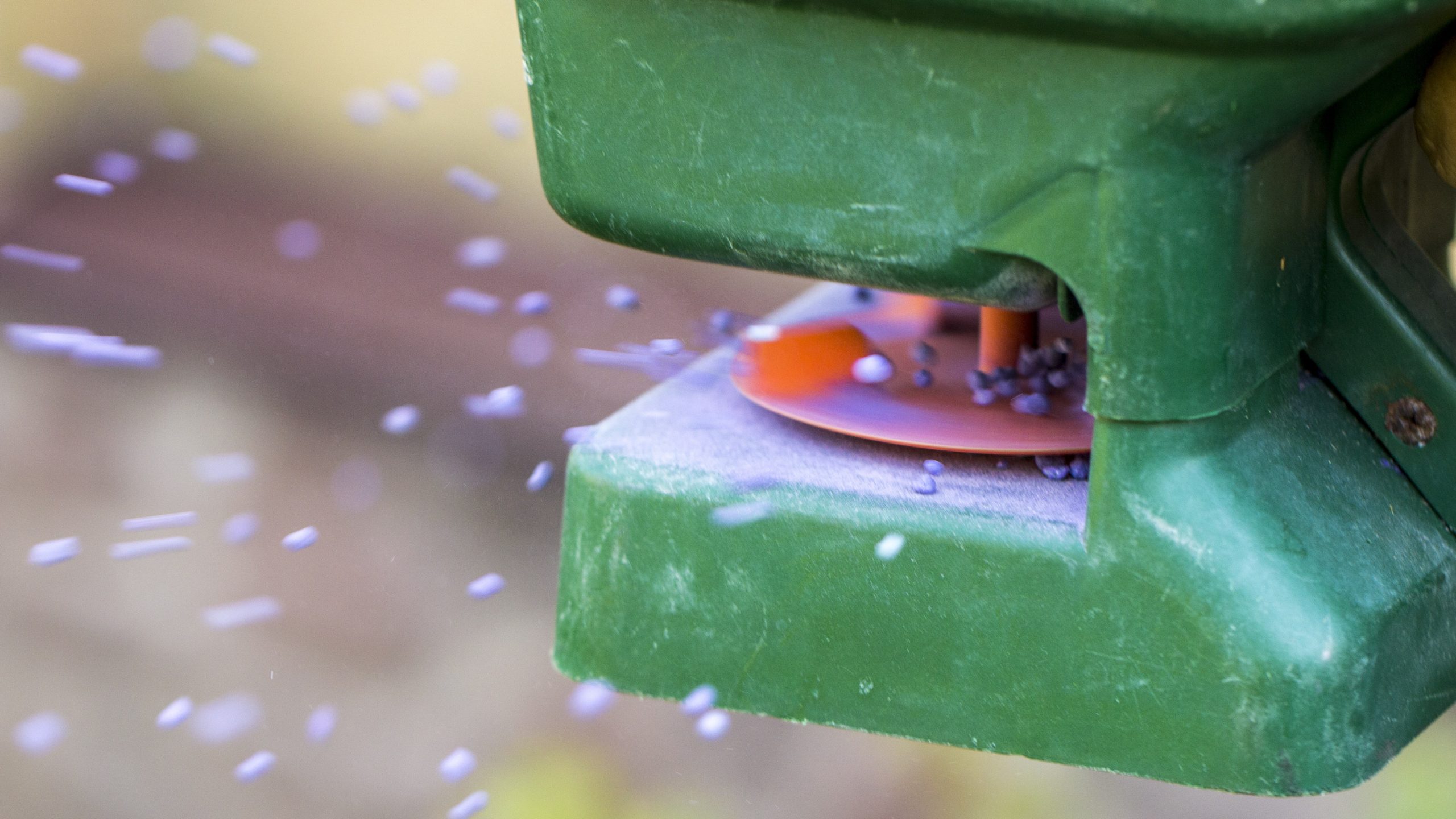If your lawn is looking a little thin, you may be considering overseeding it.
Overseeding is a common lawn care tactic, and is a great way to rejuvenate an existing lawn. It’s a normal part of keeping your lawn looking its best.
In this guide, we’ll explain how to overseed a lawn in the UK.
What is overseeding?
Overseeding is the process of spreading grass seeds on an existing lawn without turning the soil.
Over time, it’s normal for your grass to thin out a few years after you first planted the seeds, which can lead to bare patches over time. Also, older grass can begin to lose its colour as it ages.
By spreading new seed on your existing lawn, you can fix these issues, resulting in a healthier, nicer-looking lawn.
When should I overseed an existing lawn?

There are two factors to consider in deciding when to overseed a lawn.
Do I need to overseed my lawn?
The first step is deciding if your lawn needs overseeding.
Overseeding existing grass is recommended if one or more of the following conditions are met:
- You notice bare patches.
- You notice areas of grass where your lawn isn’t as thick or as lush as it should be.
- Your grass is looking slightly brown, or at least not as green as it used to be.
- Your grass gets damaged by foot traffic easily. This could mean that it looks worse after being walked on for even a short amount of time.
- You haven’t overseeded in the previous three years.
What time of year should I overseed in the UK?
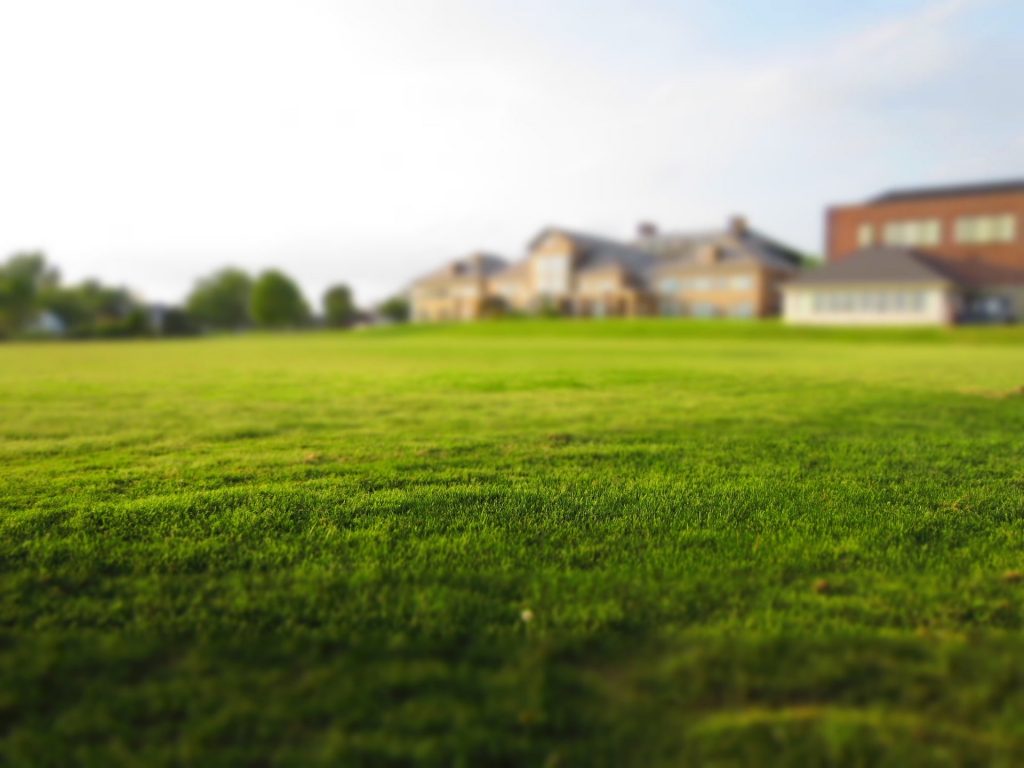
The time of year that you overseed your grass actually matters more than you might think. Picking the best time to overseed is actually quite important.
If you do it at the wrong time of year, your new seeds won’t grow, and you’ll have wasted your time. And there are only a few months of the year where lawn overseeding is most effective.
In the UK, you likely have a cool-season grass, such as tall fescue or perennial ryegrass, which does better in our colder climate. If you have cool-season grass, the best time to overseed your lawn is in late summer or early autumn – in the months of August or September.
This is because lawn overseeding works best when your lawn is already growing well. However, you don’t want to overseed at the beginning of summer and overheat your new seeds.
By overseeding in late summer, you’re providing just enough heat for grass seed germination. Then, as the weather cools down, this encourages your new seeds to begin growing, as cool-season grasses prefer slightly colder air.
Also, during these months, there is generally consistent rainfall in the UK, helping to keep your grass seeds moist as they germinate. However, you may also want to consider when it rains in your local area, as well as your soil type, as you don’t want to introduce too much moisture. You also need to be careful to avoid making your grass too wet when you water your lawn.
Clay soils for example will hold their water better than sandy soils, which can cause issues for new grass seeds. And it’s very hard for new grass seeds to grow in a waterlogged lawn.
How to overseed a lawn
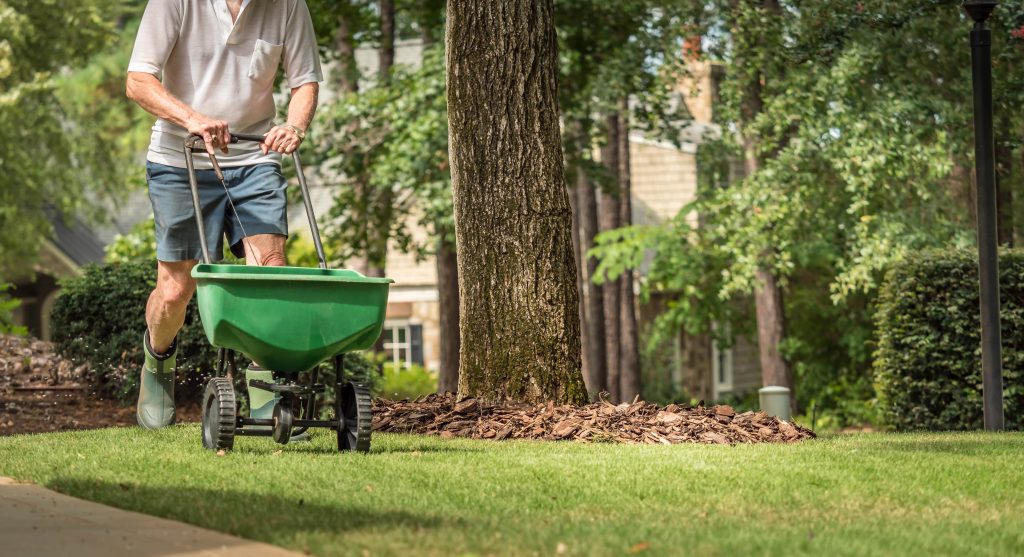
Here are the steps you can take to overseed your lawn.
How to choose the right type of grass seed for lawn overseeding
When overseeding, you don’t necessarily need to buy the same type of grass seed as what’s already on your lawn. In fact, most seeds are sold as variety packs of many different types of seeds.
What’s important is selecting a type of grass seed that works well for your climate. Ensure that you get a seed mix that is suitable for cool climates. Also, it’s a good idea to look for seeds that are advertised as suitable for overseeding your lawn. While any good quality cool-season seed mix will normally work, it’s good to be on the safe side.
You can also buy special mixes of grass seeds, fertiliser, and lawn food, such as the one below. These are best if you’re concerned about soil fertility but just want a single product that’s easy to spread on your lawn.
If you do choose to use grass seeds, be on the lookout for ones that spread using rhizones, if you can find them. This basically means that the roots grow horizontally as well as vertically, ensuring better coverage when overseeding.
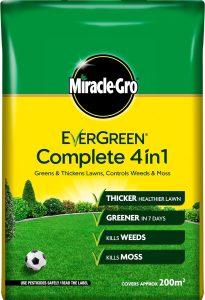
Preparing your lawn for overseeding
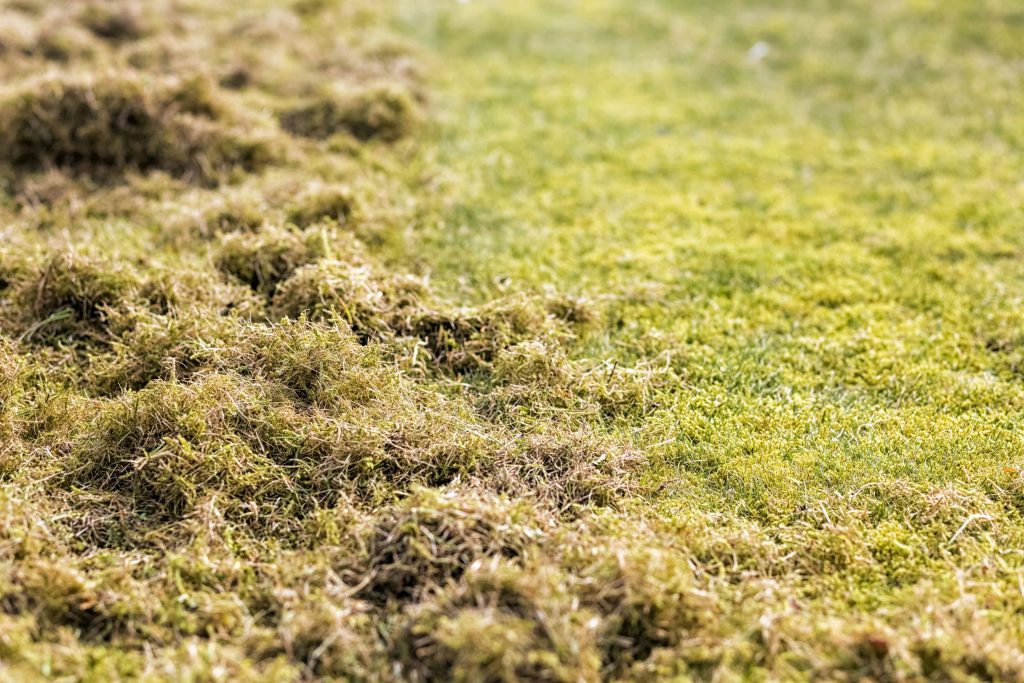
To get your lawn ready for overseeding, you want to do everything you possibly can to give your new seeds the best chance to grow. This means allowing them to get into the soil as easily as possible.
- Mow the lawn short, and collect the clippings – don’t mulch them.
- If you have thatch, meaning a buildup of dead plant matter in and among your grass, you should scarify to clear as much thatch as possible.
- If you don’t have a scarifier, you should rake your lawn to clear as much debris as possible, and to loosen the ground, allowing the seed to make better contact with the soil. Raking can be especially helpful if your soil is compacted.
- Consider spreading a thin layer of compost over your lawn. Adding a small amount of top dressing can help to give the seeds a nutrient base, encouraging better growth.
You’re now ready to begin overseeding.
How to spread grass seeds on your lawn
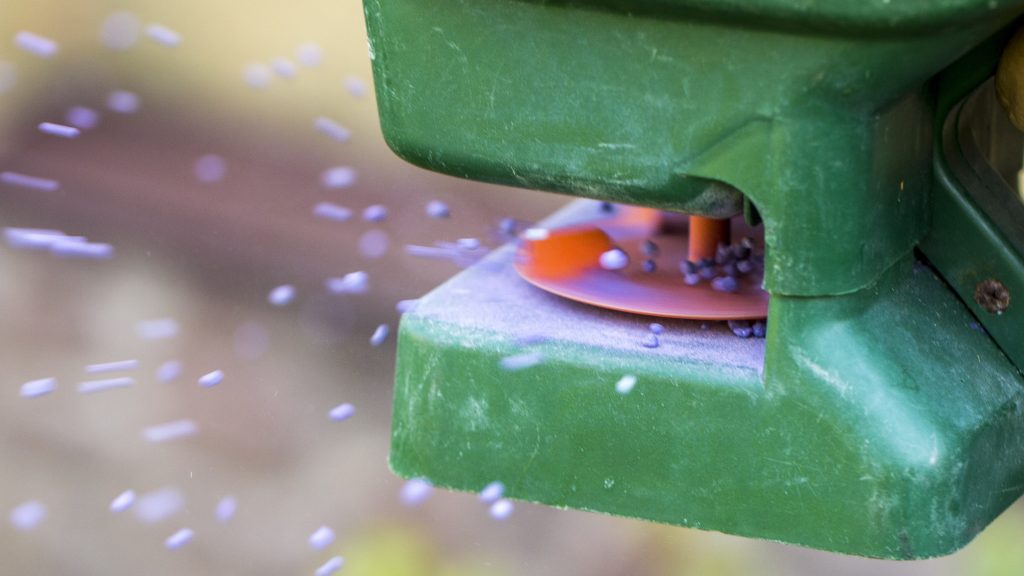
When spreading new grass seeds, you want to ensure an even spread, unless you’re just targeting bare patches.
You don’t have to be perfectly even though. As long as you have a good spreading technique, you can do it by hand.
However, grass seed spreaders do make the job a lot easier, especially for larger gardens. They’re recommended if you’re overseeding your entire lawn, because they make it much easier to ensure an even spread over large areas.
In terms of seed quantity, there should be instructions on the packet, as it depends on the type of grass seed. A good rule of thumb is to ensure that there is at least one seed pellet every two square inches.
Can I just throw grass seed on my lawn?
Yes, you can just throw grass seeds on your lawn to fix bare patches. As long as you can ensure an even spread when scattering seeds by hand, you will be fine.
However, you will have better results if you do some preparation first, such as mowing, aerating, and spreading a thin layer compost over your lawn. Doing these steps will give your seeds the best chance of growing.
Taking care of overseeded grass
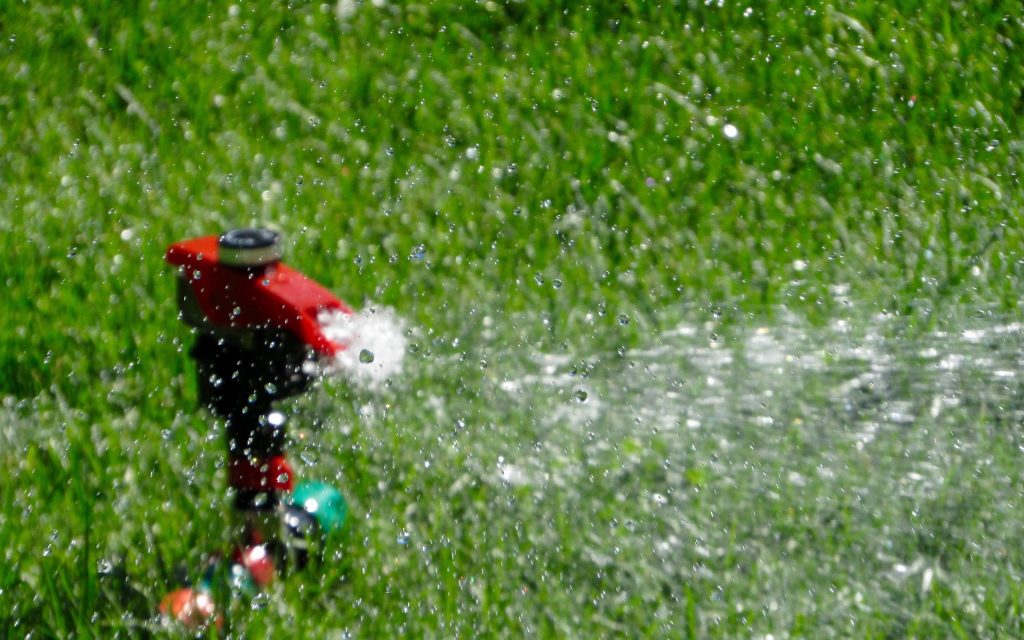
You’ve successfully overseeded your lawn! Here’s what to do next to take care of your new grass shoots.
After spreading your new grass seeds, you will want to water them immediately. Continue to water your lawn twice daily, provided you don’t get any decent rain, until the seeds germinate and grow to an inch or two high. It should take about a week for them to grow.
Using fertiliser is also recommended to give your new seed the best chance to grow. You don’t need to do this if using a product with a mix of grass seeds and fertiliser. You can buy packets from your local garden centre, or order a delivery if you have a larger lawn.
While your new seedlings are first growing, it’s important to avoid giving them any foot traffic, otherwise you might crush the new roots.
Once your new shoots grow tall enough, it’s time to mow them. Read our guide to mowing new grass for the first time.

I’m Josh, and I’m the head writer at Lawn Care Pro.
I love everything lawns, but I’m a bit of a lawn mower nerd. I spend a lot of my free time tinkering with mowers, and planning my mowing schedule for the next few weeks.
I’m also into cars, which comes in very helpful when servicing a mower engine!

